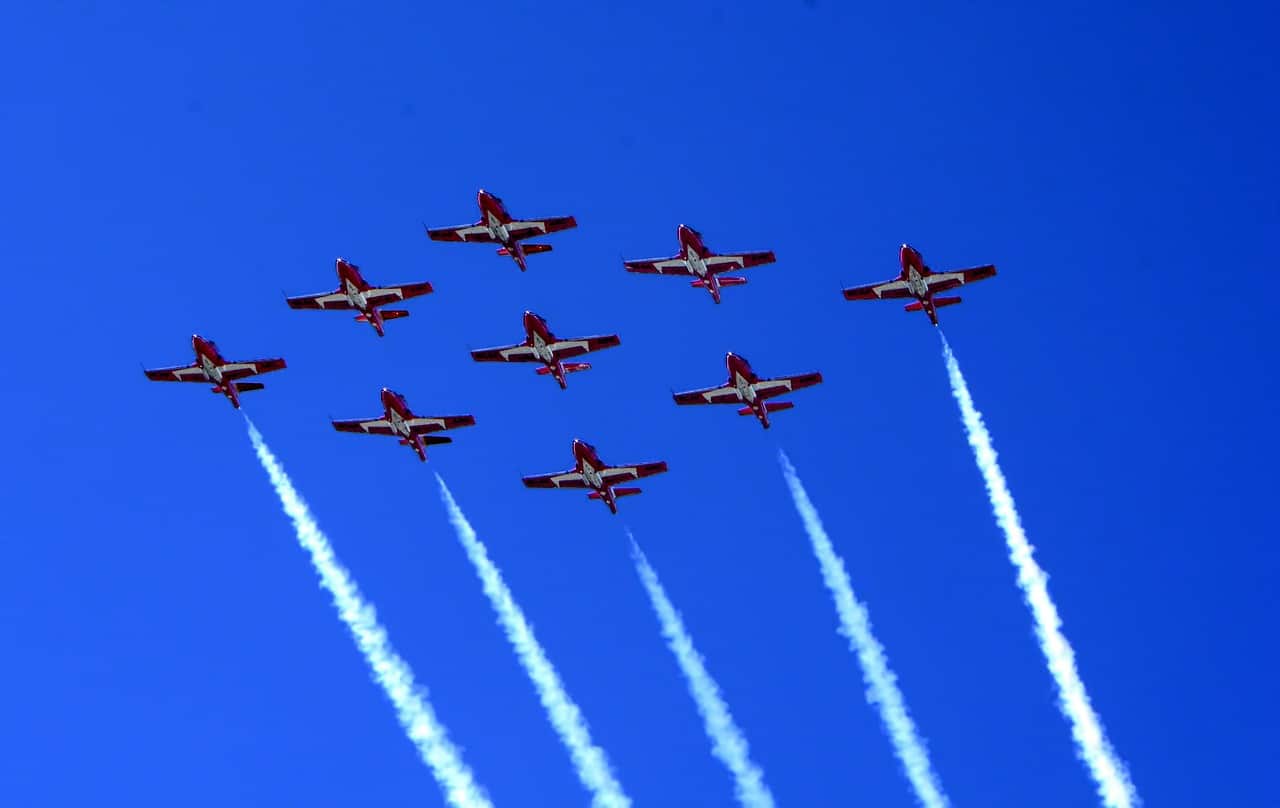The Life and Times of Pioneering Canadian Aviation Engineer Elsie MacGill
In an era when there were no opportunities for women in engineering, Elizabeth “Elsie” MacGill made an indelible mark. Her many passions and intellectual interests helped her achieve numerous firsts through her education and professional career. As the first woman aircraft designer, Elsie MacGill is widely recognized as a pioneer in her time. Let’s take a look at Elsie McGill and her considerable contributions to the aviation industry.
Family and educational background
Elsie Gillis was born on March 27, 1905 in Vancouver, British Columbia. From a young age, the woman knew that she could achieve anything she set her mind to. Her mother fought for women’s right to vote and was the first to earn a bachelors degree in music in the British Empire. In 1923, Margaret MacGill enrolled in the University of British Columbia’s applied science program. After two years she switched to the University of Toronto’s School of Practical Science, where she became the first woman ever admitted to the institution’s engineering program. After graduating from UTS in 1927, MacGill began a career as an American company engineer for Ford Motor Company. She found her interest in aviation sparked when her employer started manufacturing aircraft during World War II due to industry demands. MacGill enrolled at the University of Michigan in 1928 to study aeronautics and graduated with her master’s degree in 1929. Unfortunately, she was diagnosed with polio at the same time, returning to Canada to recover temporarily. As a result of contracting polio, she had time away from her day job to focus on what came natural to her: creating aircraft designs and publishing articles for aviation publications.The “Queen of Hurricanes”
Elsie MacGill overcame many obstacles throughout her life, of which the most difficult for her was polio. She spent countless hours walking with canes, and she eventually decided to become an engineer. In 1934, Elsie became a crucial part of the team at Fairchild Aircraft in Quebec where she designed aircraft and took part in plane test flights to evaluate their performance. In 1938, McGill became chief aeronautical engineer for the Canadian Car & Foundry Company in Ontario, Canada. One of her major projects was a complete redesign of the Maple Leaf Trainer, which she designed to British requirements and had overseen the testing process throughout its development. In the early years at McGill, Elsie was already displaying determination and ingenuity in conquering new projects. Her next task was to oversee the production of the Hawker Hurricane Fighter Plane, which would be used by Canadian and Allied forces during the Second World War. At the time, she was 35 years old. Her move into this role garnered much attention for her, and in 1942 she oversaw the production of 1,451 planes.For the later career
The Canadian Car & Foundry company, based in Montreal, Quebec, was involved in the development of a number of aircraft for the Royal Canadian Air Force during World War II. When the war concluded, Elsie McGill and the plant manager, E.J. Soulsby, left their positions to marry and settle in Toronto, Ontario. McGill’s engineering consulting firm primarily worked with military aviation clients in civilian airfields. McGill was a woman who contributed her expertise in engineering to professional organizations, and was also involved in her community by being a member of local organizations. She was the first female member of the Engineering Institute of Canada and followed in the footsteps of her grandmother, who had also been active with professional engineering institutions. McGill served on advisory appointments for the Royal Commission on the Status of Women in Canada as well.RECENT POSTS
Pegasus Airlines neemt Smartwings en Czech Airlines over voor 154 miljoen euro
Pegasus Airlines neemt Smartwings en Czech Airlines over voor 154 miljoen euro
The psychology of travel: How to avoid stress and addictive habits in airports
Why Flight Trackers and Casino Players Use the Same Risk Assessment Skills
Online Casino Games for Aviation Enthusiasts and Travelers
META
CATEGORIES
















 Gold-dev
Gold-dev November 7th, 2022
November 7th, 2022 0 Comments
0 Comments


Leave a reply